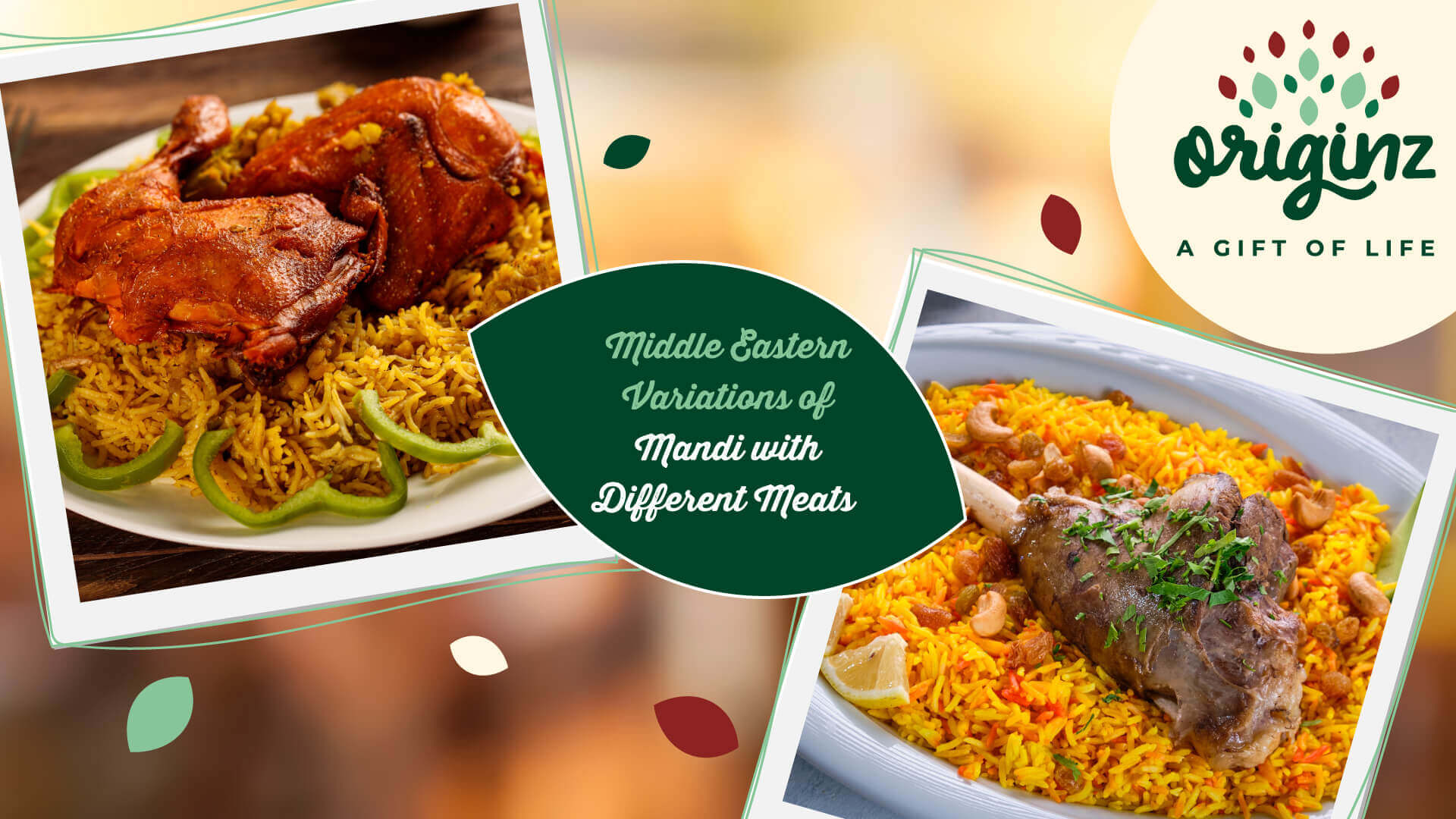
Middle Eastern Variations of Mandi with Different Meats
Mandi, a delectable and aromatic rice dish, is a culinary treasure from the Middle East, particularly popular in Yemen. Known for its tender meat and fragrant rice, mandi has travelled across borders and has become a beloved dish in many Arabic cultures. The traditional mandi recipe, with its smoky flavour and aromatic spices, offers a delightful experience for the palate. This blog explores the various Middle Eastern variations of mandi, focusing on different meats used in this iconic Arabic dish, mandi.
The Essence of Mandi
Mandi is more than just a meal; it is a cultural experience. The dish typically involves cooking meat and rice together in a special oven called a tandoor, which infuses the meat with a smoky flavour while keeping it incredibly tender. The spices used in mandi, such as saffron, cardamom, and cloves, are what give it its distinctive taste. Whether it's chicken, lamb, or other meats, the result is a mouthwatering feast that reflects the rich culinary heritage of the Middle East.
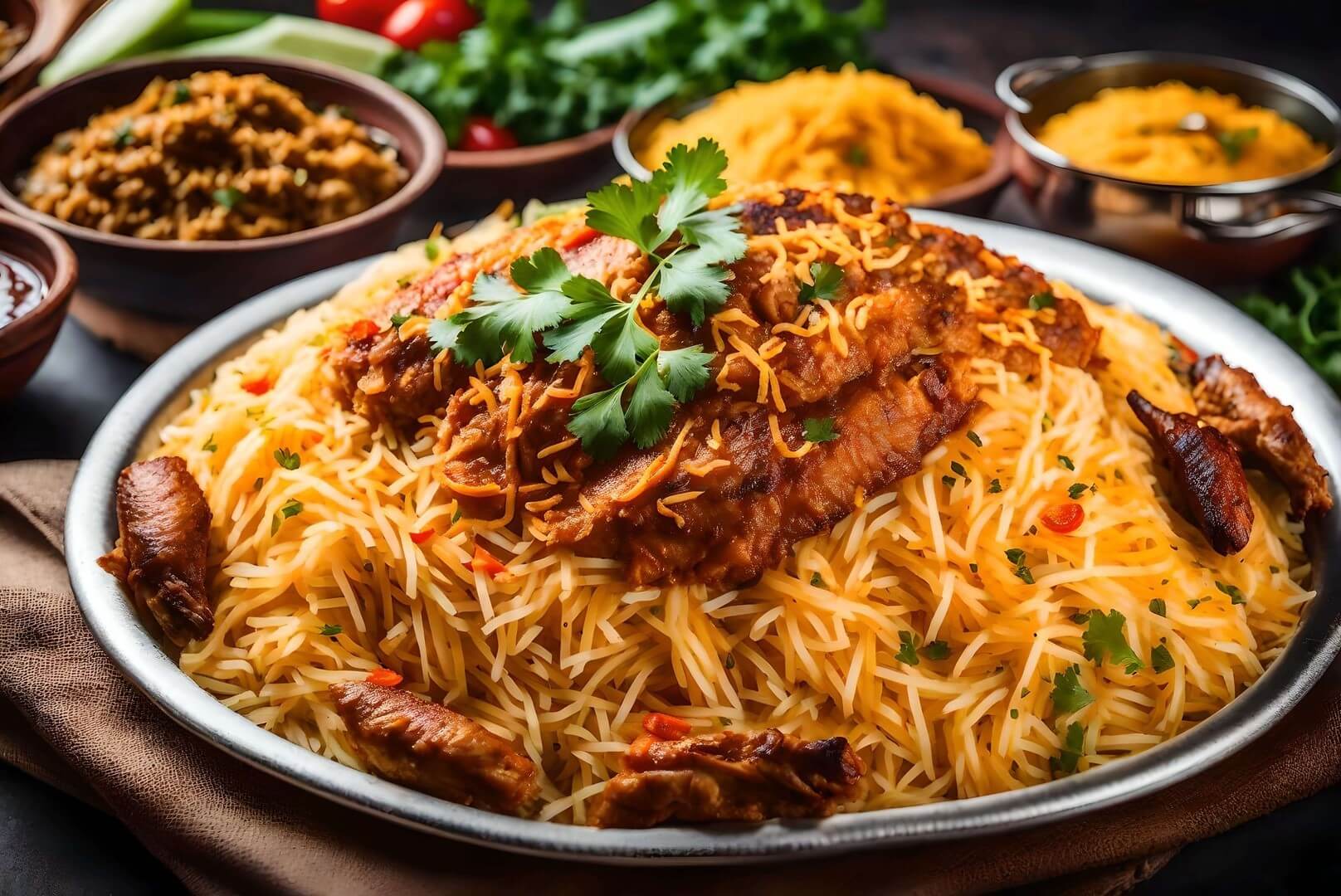
Chicken Mandi: A Popular Variation
One of the most popular variations of mandi is the Arabic chicken mandi recipe. Chicken mandi is cherished for its simplicity and exquisite taste. The chicken is marinated with a blend of spices, including turmeric, cumin, and coriander, and then slow-cooked until it is succulent and falls off the bone. The rice, cooked in the same pot, absorbs the flavours of the chicken and spices, making every bite a harmonious blend of taste and aroma.
How to Make Chicken Mandi
For those wanting to try their hand at making chicken mandi at home, here's a basic outline of the recipe:
1. Marinate the Chicken: Mix turmeric, cumin, coriander, garlic, ginger, and yoghurt to create a marinade. Coat the chicken pieces thoroughly and let them marinate for at least two hours.
2. Prepare the Rice: Soak basmati rice in water for about 30 minutes. In a large pot, heat oil and sauté onions until golden brown. Add spices like cardamom, cloves, and cinnamon, followed by the soaked rice.
3. Cook the Chicken and Rice Together: Place the marinated chicken on top of the rice, add water or chicken broth, and cover the pot. Cook on low heat until the chicken is tender and the rice is fully cooked.
4. Finish with Garnishes: Garnish with fried onions, raisins, and almonds. Serve hot with a side of salad or yoghurt.
Mandi Laham: The Lamb Delight
Another beloved version of mandi is mandi laham, which features lamb as the star ingredient. Lamb is a popular choice in Middle Eastern cuisine due to its rich flavour and tender texture. The process of making mandi laham is similar to chicken mandi, but the cooking time is longer to ensure the lamb becomes tender and juicy.
Steps to Prepare Mandi Laham
1. Marinate the Lamb: Prepare a marinade using spices such as turmeric, cinnamon, cardamom, and garlic. Marinate the lamb pieces overnight for best results.
2. Cook the Rice: Just like in the chicken mandi recipe, soak basmati rice and sauté with spices. Place the marinated lamb on top of the rice.
3. Slow Cooking: Add water or lamb broth to the pot and cook on low heat for several hours. The slow cooking process allows the lamb to become extremely tender and infuse the rice with its flavour.
4. Serve with Traditional Sides: Mandi laham is often served with a side of green chutney, salad, or a tangy tomato sauce to complement the rich flavours of the lamb and rice.
Organic and Healthy Variations
For those who prefer healthier options, using organic meats and ingredients can elevate the nutritional value of mandi. Organic chicken or lamb, free from antibiotics and hormones, ensures a more wholesome meal. Additionally, incorporating organic spices and basmati rice can further enhance the dish's health benefits. For more ideas on creating healthy food products you can explore various options available at Originz.
Diverse Meats in Mandi
While chicken and lamb are the most common meats used in mandi, other variations exist across different regions:
• Beef Mandi: In some Middle Eastern countries, beef is used as an alternative to lamb or chicken. The beef is marinated and cooked similarly, resulting in a rich and hearty dish.
• Fish Mandi: Coastal regions have adapted the mandi recipe to include fish. This variation is lighter and offers a unique flavour profile, with the fish absorbing the aromatic spices beautifully.
• Goat Mandi: Goat meat, known for its distinct taste, is another option. The cooking process remains the same, but the result is a more robust and flavourful dish.
Exploring these variations not only showcases the versatility of the Arabic dish mandi but also highlights the rich tapestry of Middle Eastern culinary traditions.
Conclusion
Mandi, with its myriad variations and flavours, is a testament to the rich culinary heritage of the Middle East. Whether you prefer the classic Arabic chicken mandi recipe, the succulent mandi laham, or the innovative twists with other meats, each version offers a unique taste experience. By using organic ingredients, you can create a healthier version of this beloved dish, ensuring that every bite is not only delicious but also nutritious. For more delicious recipes, consider exploring the offerings from Originz, where you can find a variety of healthy food products to enhance your culinary creations.
FAQs
What is the best meat for mandi?
The best meat for mandi depends on personal preference. Chicken and lamb are the most popular choices, but beef, fish, and goat can also be used. Each type of meat offers a unique flavour profile to the dish.
Can I make mandi with organic ingredients?
Yes, using organic ingredients such as organic chicken, lamb, spices, and basmati rice can enhance the nutritional value of the dish. Organic meats are free from antibiotics and hormones, making them a healthier option.
Where can I find more healthy and delicious recipes?
For more healthy and delicious recipes, you can visit Originz's website. They offer a wide range of recipes and healthy food products that can help you create nutritious meals. Check out their healthy food products and delicious recipes for inspiration.
Further Read,
· Healthy and Nutritious Recipes with Arabic Tortillas
· Kebab Specialties from the Middle East
Latest Blogs
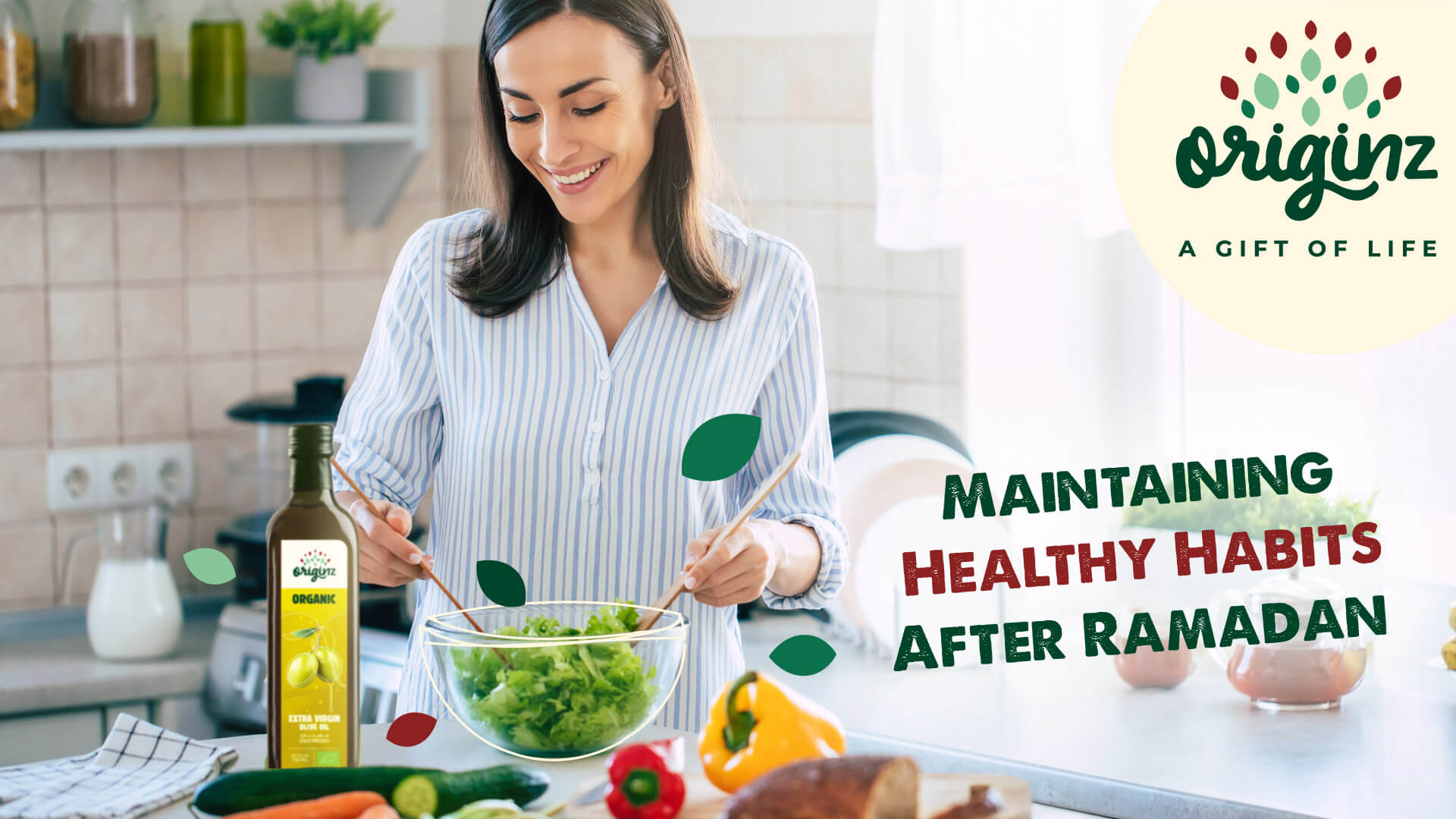
Maintaining Healthy Habits After Ramadan
Have Ramadan healthy meals after Ramadan and maintain healthy food habits and implement them in your daily lives. Read more about healthy food habits.
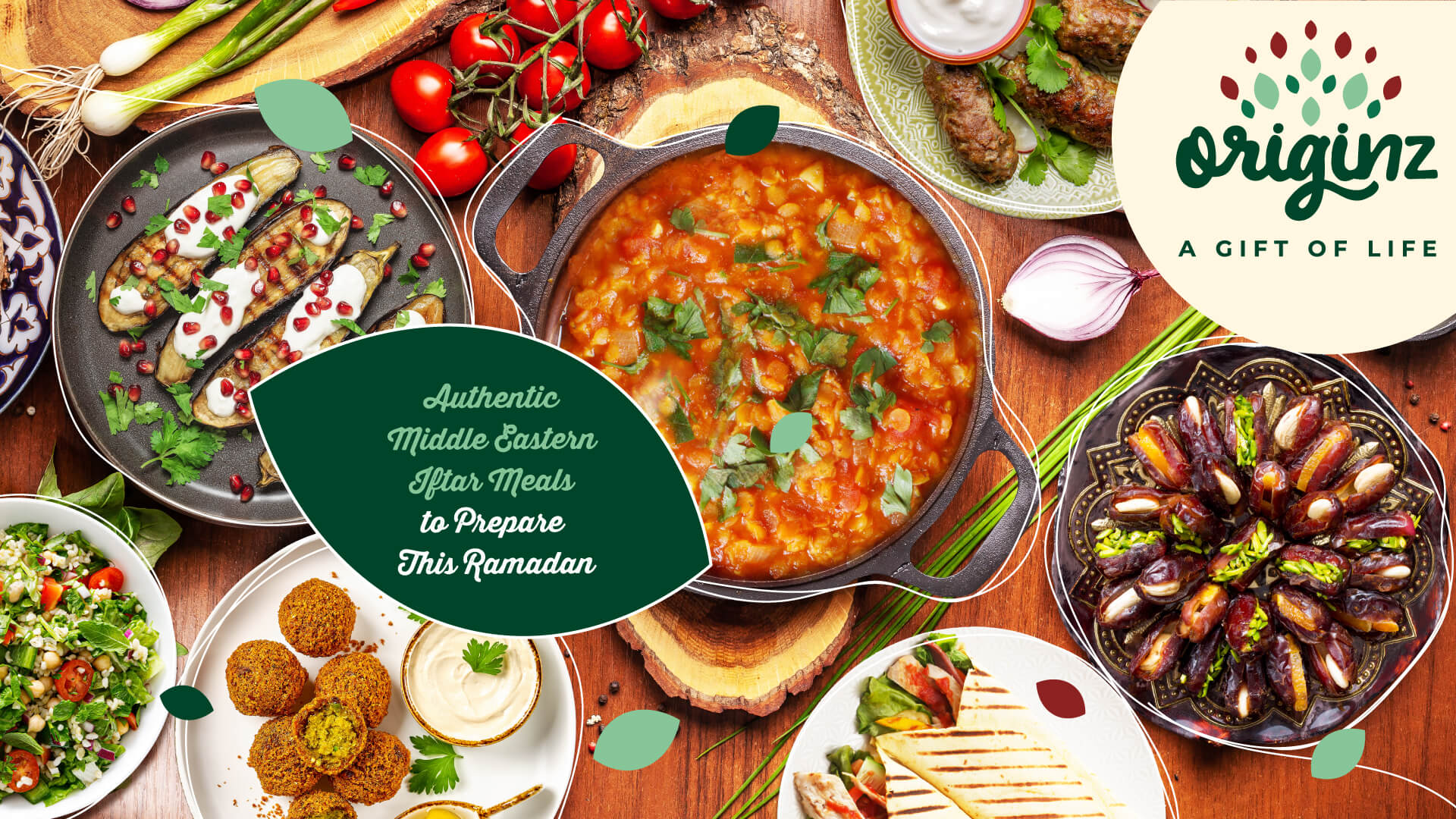
Authentic Middle Eastern Iftar Meals to Prepare This Ramadan
Prepare some authentic middle eastern iftar meals this Ramadan. Look for fresh Ramadan food ideas and make your day memorable with these dishes. Check them out.
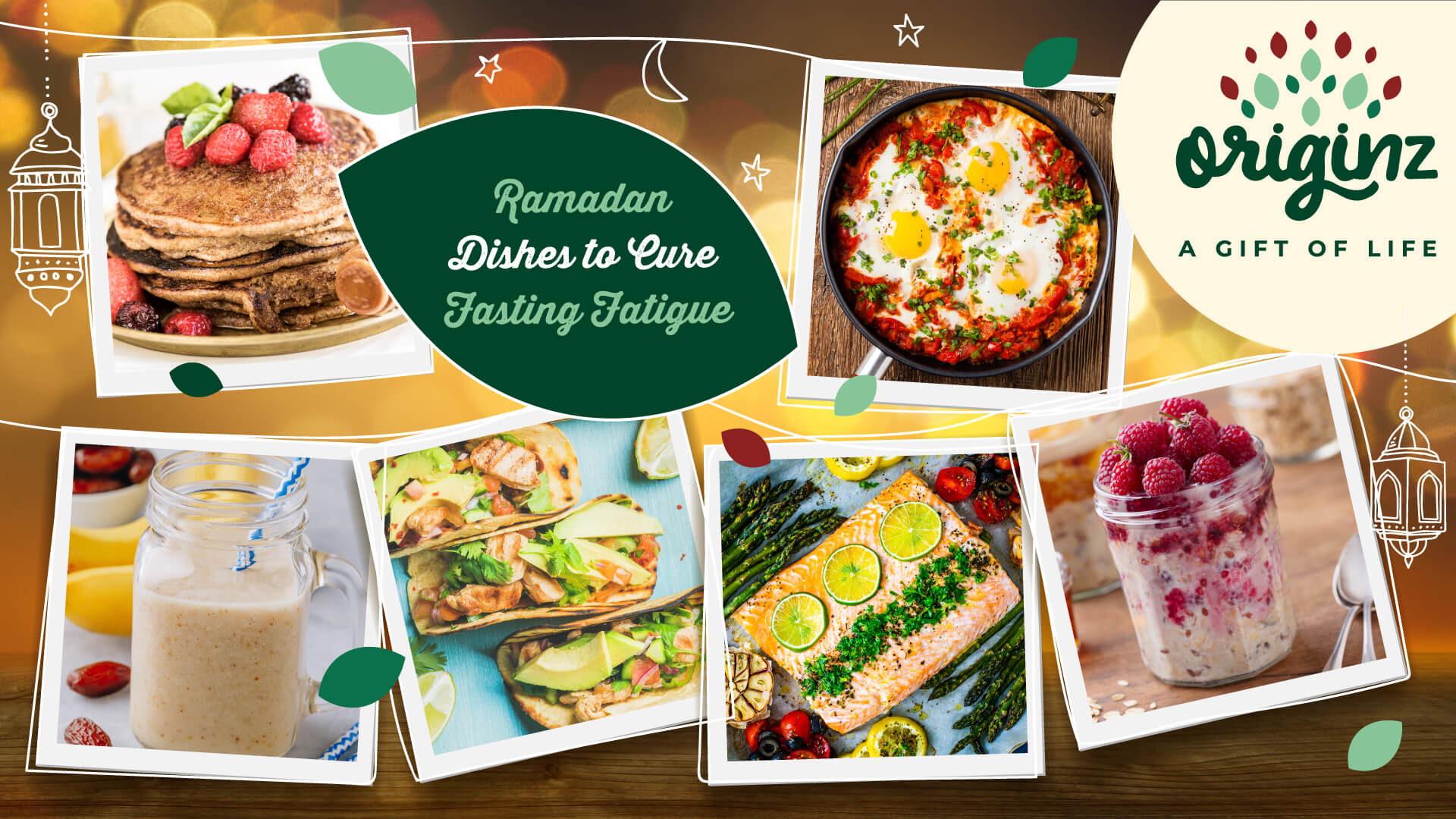
Ramadan Dishes to Cure Fasting Fatigue
Don’t worry about fasting fatigue anymore as we have listed some best Ramadan dishes and easy iftar meals to support your fasting journey. Check them out.
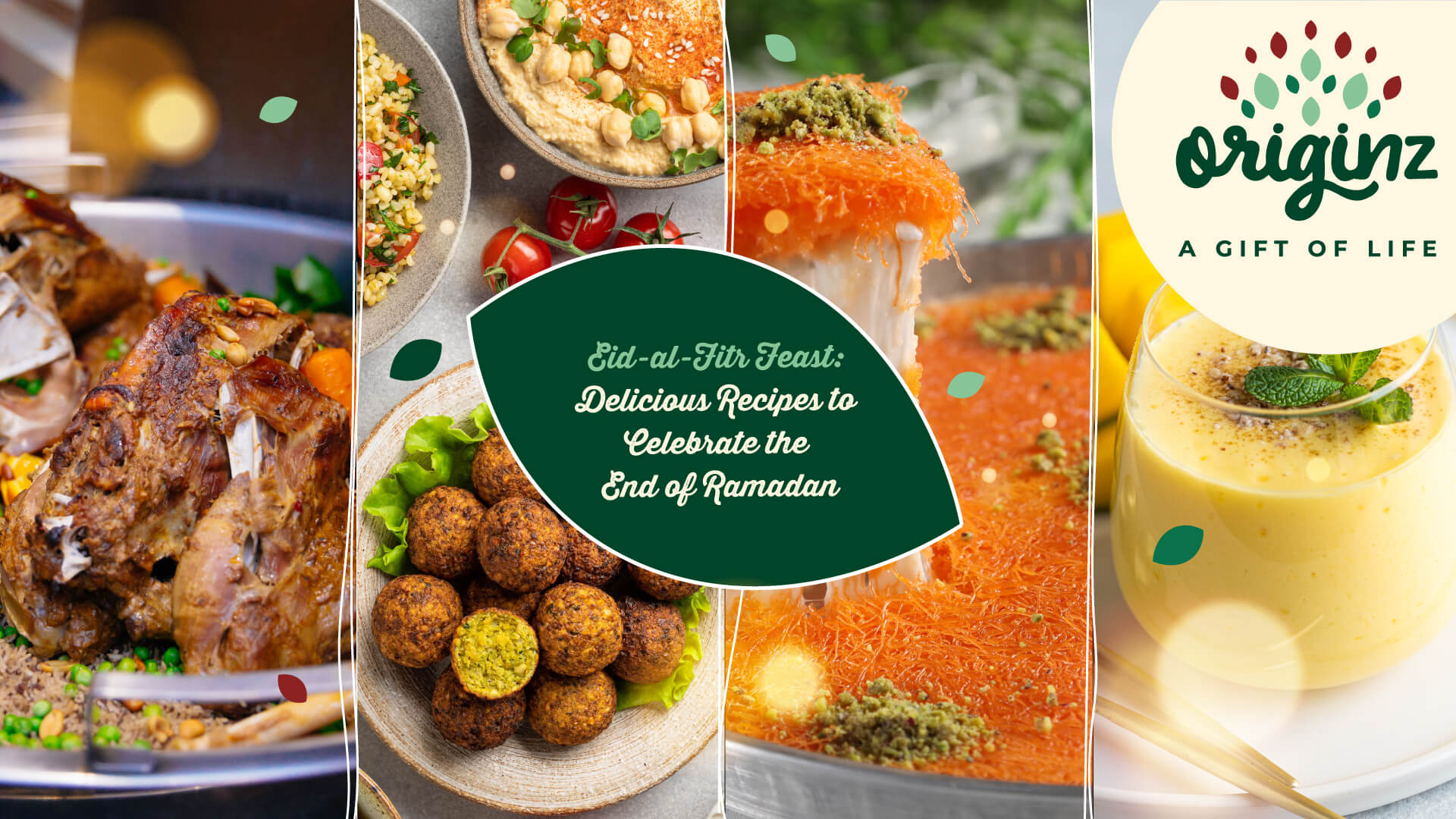
Eid-al-Fitr Feast: Delicious Recipes to Celebrate the End of Ramadan
Celebrate the end of Ramadan with delicious recipes on the eve of Eid ul Fitr. Read more about the traditional Ramadan recipes and make them easily.